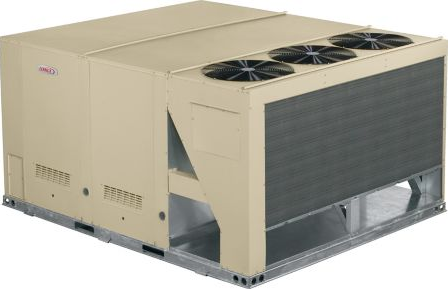
Charles R. Goulding and Preeti Sulibhavi ponder 3D printing possibilities for the HVAC industry.
We have been disappointed about the HVAC industry’s slow integration of 3D printing technology as compared to other building technologies such as lighting, windows and glass, door hardware, bathroom fixtures, concrete, and elevators. Certainly there has been growing 3D printing usage in HVAC, but it still lags adoption in these other applications.
A recent announcement from Lane Associates, a leading Long Island New York HVAC contractor, highlights parts delays for the 2020 season immediately upon us. In fact, Ginny Geary has advised its clients and partners in an email that as a result of coronavirus-related shutdowns, many parts and equipment are currently having longer than normal lead time to obtain. They have further asked clients to plan accordingly with their expectations and needs for repairs, particularly this upcoming cooling season.
There are numerous HVAC replacement parts suitable for 3D printing, including fasteners, valves, piping, gaskets, seals, pumps, and impellers. The “V” in HVAC stands for ventilation and the medical ventilator industry has now demonstrated the relevance of 3D printing for numerous ventilator components.
The HVAC industry has been undergoing some major structural changes among the leading manufacturers which should platform more 3D printing opportunities. Trane has recently purchased Calmac’s ice storage business (Thermal Storage) and Artic Chillers’ business, which will require stocking a new, wider variety of service replacement parts.
The large carrier HVAC business has been spun out of United Technologies, which should enable the company to pursue its independent technology initiatives including 3D printing.
Lennox International has always had a strong presence in the high-performance rooftop package unit retail store category. Lennox strongly believes that 3D printing can improve field service mobility by speeding-up the time it takes for a technician to have a ready replacement part in the field. 3D printers can utilize various materials like acrylic, plastic, metal, etc. The difference in efficiency is hours versus days, which makes customers very happy.
The retail store sector has been decimated by COVID-19 and many retail stores are now vacant. HVAC is the biggest energy user in air-conditioned buildings and knowledgeable tenants aren’t going to lease these vacant buildings without the HVAC systems being thoroughly reviewed and serviced including replacement of worn parts and cleaning, including new filters. New tenants should consider requiring landlords to replace rooftop units at the end of their 15-to-20-year useful life cycle.
The integration 3D printing into the HVAC industry is eligible for R&D tax credits.
The Research & Development Tax Credit
Enacted in 1981, the now permanent Federal Research and Development (R&D) Tax Credit allows a credit that typically ranges from 4%-7% of eligible spending for new and improved products and processes. Qualified research must meet the following four criteria:
- Must be technological in nature
- Must be a component of the taxpayer’s business
- Must represent R&D in the experimental sense and generally includes all such costs related to the development or improvement of a product or process
- Must eliminate uncertainty through a process of experimentation that considers one or more alternatives
Eligible costs include US employee wages, cost of supplies consumed in the R&D process, cost of pre-production testing, US contract research expenses, and certain costs associated with developing a patent.
On December 18, 2015, President Obama signed the PATH Act, making the R&D Tax Credit permanent. Beginning in 2016, the R&D credit has been used to offset Alternative Minimum Tax for companies with revenue below $50MM, and startup businesses can obtain up to $250,000 per year in cash rebates applied directly toward payroll taxes.
Conclusion
Lagging behind other building component categories, the HVAC industry has some catching up to do with 3D printing. The 3D printing industry can accelerate this change by focusing more attention on this large HVAC opportunity.
